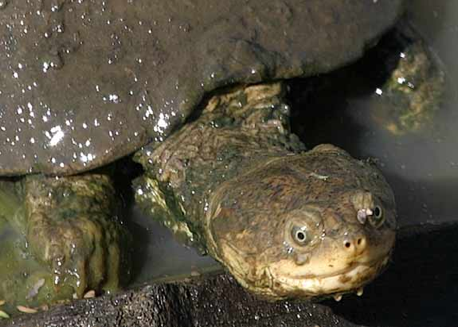
Cool Facts About The Serrated Hinged Terrapin
- The Serrated Hinged Terrapin is the largest of the hinged terrapins. They can grow between 30 and 50cm in length where females are usually larger than males
- Found throughout tropical East Africa, the Serrated Hinged Terrapin is one of the most common hinged terrapin species.
- Not selective about basking locations, the Terrapins lounge mostly on logs and rocks, but they also been found hitching rides on the backs of hippopotamuses!
- Serrated Hinged Terrapins are so named because they have a hinge in their shell that they are able to close after pulling their head and front legs inward.
Hide ‘n’ Seek
Serrated Hinged Terrapins are carnivores that feed on a variety of creatures, including snails, mollusks, insects, frogs, and fish. They will also consume carrion if available and have been known to eat ticks and parasites off of wallowing water buffalo. Occasionally, they may also eat fruit. They may look cute and cuddly (for a amphibian) but you need to be careful of their incredibly sharp claws, which come in handing for hunting and defending against predator attacks. Typically they will only use this defensive strategy when hiding in the shell doesn’t seem to be working. These interesting creatures need to be on the lookout for numerous predators. During their lifetime, the Terrapins are preyed upon by crocodiles, monitor lizards, and the mongoose.
Long Walk To Water
Serrated Hinged Terrapins lay their eggs between October and January near water although they can sometimes be as far away as 500m. The female will deposit between 7 and 25 eggs by burying them as deep into the ground as possible. Burying the eggs not only protects them from predators but also prevents the eggs from drying out in the sun. Hatchlings will appear between March and April and grow rapidly.
Stable and Happy
Luckily, with a widespread range and a stable population trend, the Serrated Hinged Terrapins are abundant and not listed as protected by any agency. Although they are sometimes caught by fisherman and consumed by various peoples, overall, human activity has not harmed the population. It is always nice to hear that a population is doing well, so I always try to share these stories (I just wished it occurred more frequently).

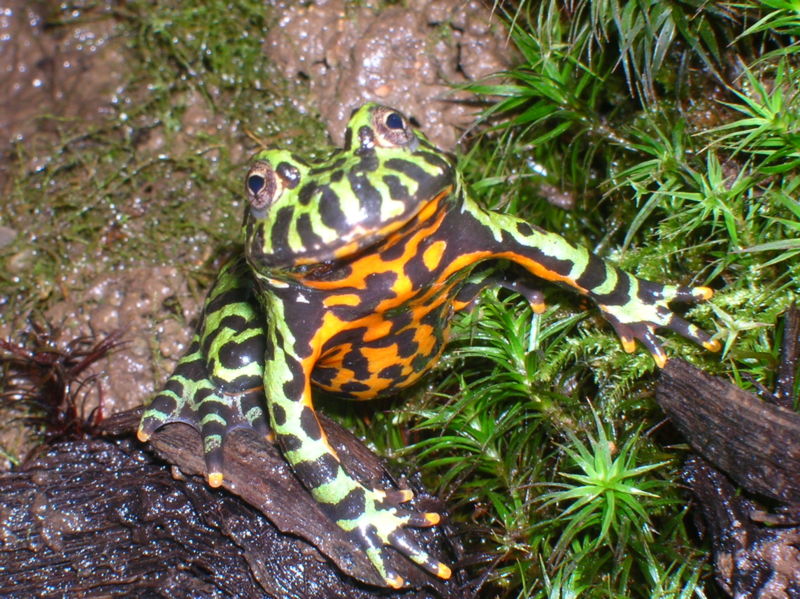
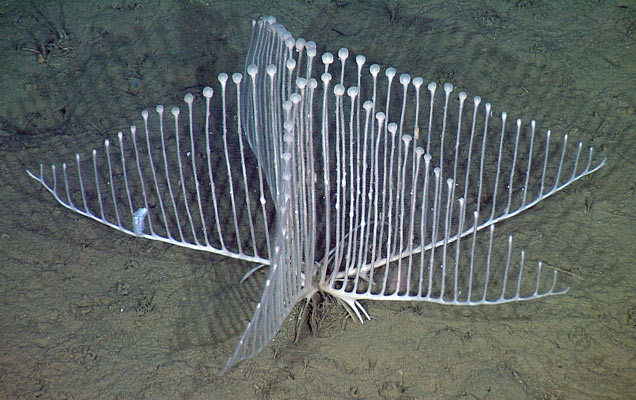
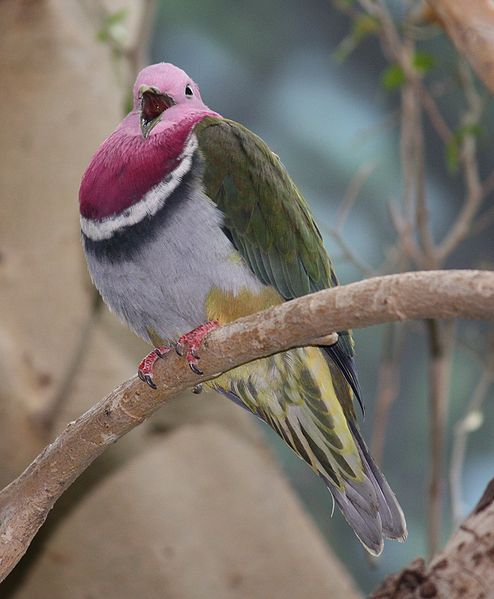
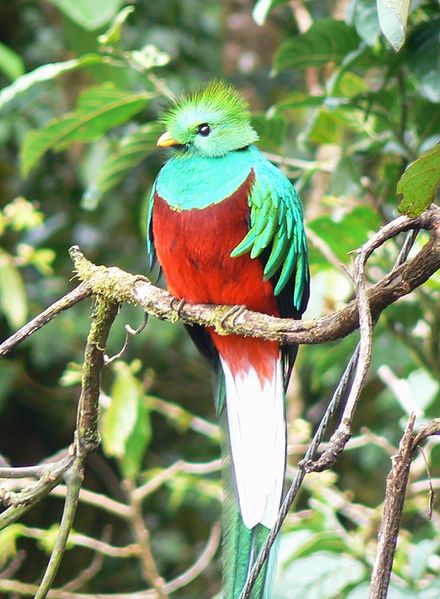
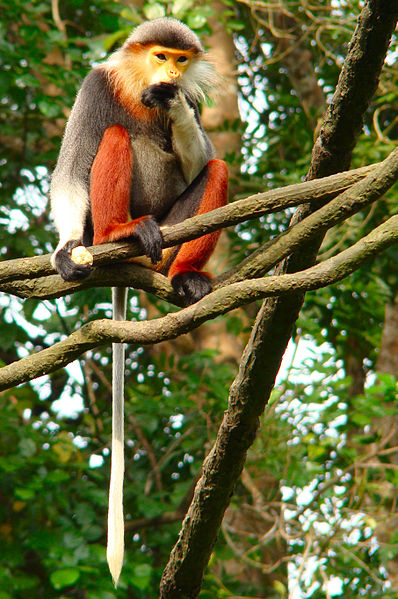
Love their blue eyes !! quite cool for a reptile !!